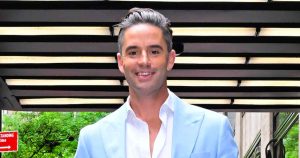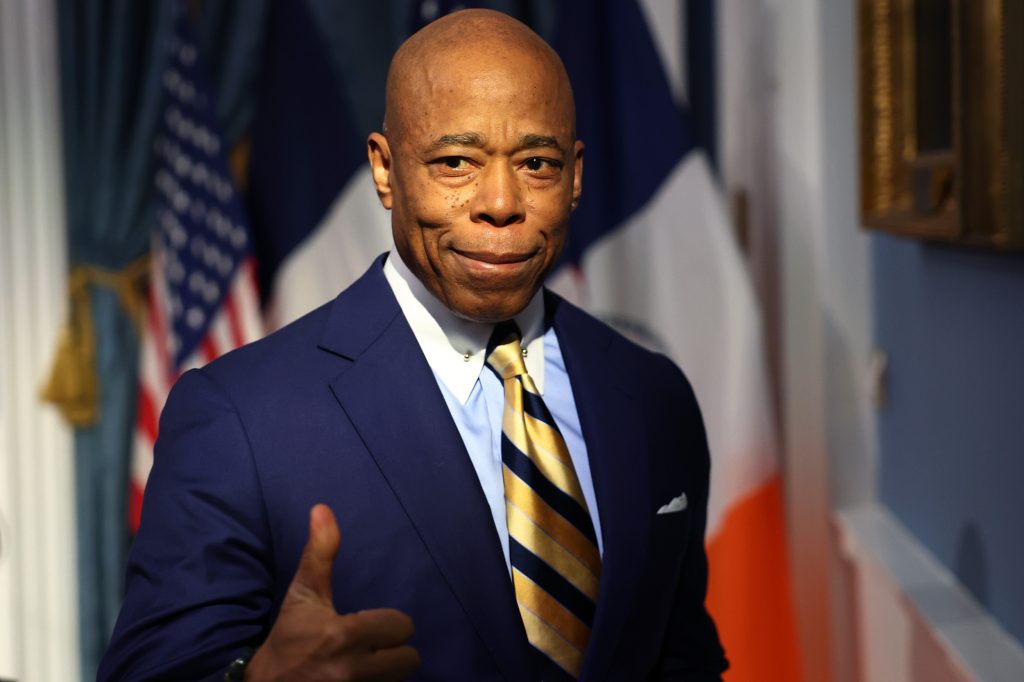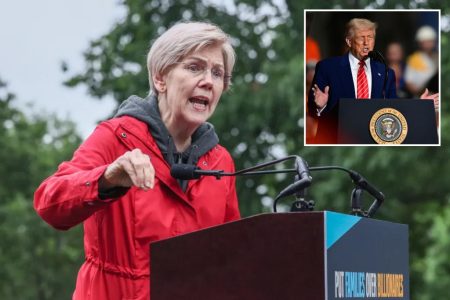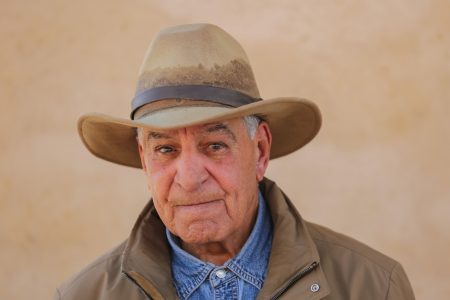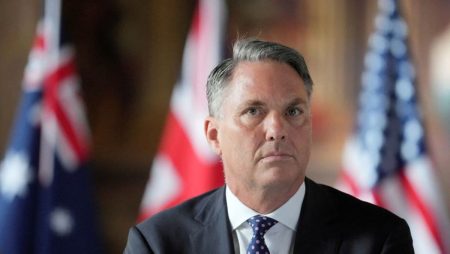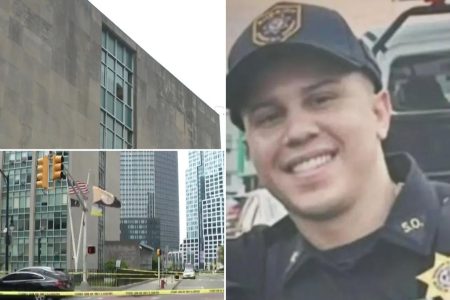The meeting between New York City Mayor Eric Adams and Donald Trump’s designated “border czar,” Tom Homan, sparked immediate controversy and raised concerns about the future of immigration policies in the city. Adams, a former police officer, emphasized his commitment to public safety and stated his intention to collaborate with Homan to address violent crimes committed by migrants. He reiterated that New York City would not be a safe haven for repeat offenders and that his objective aligned with Homan’s in targeting individuals posing a threat to public safety. This stance, however, was met with criticism from various quarters, including Democratic lawmakers and immigrant advocacy groups, who accused Adams of betraying the city’s sanctuary status and prioritizing political expediency over the well-being of immigrant communities.
Critics argue that Adams’ focus on deporting migrants accused of felonies disregards due process and the principle of innocent until proven guilty. Congressman Dan Goldman expressed concern over the mayor’s rhetoric, emphasizing the importance of upholding legal rights and ensuring fair treatment for all individuals, regardless of immigration status. The meeting drew sharp criticism from immigrant rights organizations, who viewed it as a betrayal of the city’s commitment to protecting its immigrant population. They argue that collaborating with Homan, a figure known for his hardline stance on immigration, undermines New York City’s values and puts vulnerable communities at risk.
The New York Immigration Coalition condemned Adams’ decision to meet with Homan, calling it “despicable” and accusing the mayor of prioritizing political self-interest over the needs and safety of New Yorkers. They argued that targeting immigrants for arrests and deportations diverts resources from initiatives that genuinely promote safety and well-being. Similarly, Make the Road New York organized a protest outside City Hall to express their opposition to the meeting and denounce any attempts to separate immigrant families and create fear within their communities. They vowed to continue fighting against any attacks on immigrants, even those originating from the mayor’s office.
Homan, on the other hand, praised Adams following the meeting, highlighting their shared law enforcement background and expressing a newfound respect for the mayor. He retracted his previous criticisms of Adams, acknowledging the mayor’s commitment to public safety. This positive assessment from Homan further fueled the controversy, with critics viewing it as confirmation of Adams’ shift towards a more restrictive immigration stance. The clashing perspectives underscore the deep divisions surrounding immigration policy and the challenges faced by cities like New York with large immigrant populations.
The meeting and its aftermath highlight the complex and often conflicting priorities facing city leaders. Balancing public safety concerns with the rights and well-being of immigrant communities presents a significant challenge, and Adams’ approach has drawn criticism for potentially undermining the city’s sanctuary status and jeopardizing the trust between the city government and its immigrant residents. The collaboration between Adams and Homan raises questions about the extent to which local governments will cooperate with federal immigration enforcement under the next Trump administration and the potential consequences for immigrant communities across the country.
The controversy surrounding this meeting underscores the broader national debate on immigration and the challenges faced by cities with significant immigrant populations. Adams’ decision to engage with Homan reflects the complex interplay between local and federal immigration policies, the need to address public safety concerns, and the imperative to protect the rights and well-being of all residents, regardless of immigration status. The fallout from this meeting will likely continue to shape the discourse on immigration in New York City and beyond, as advocates and policymakers grapple with these complex issues.
